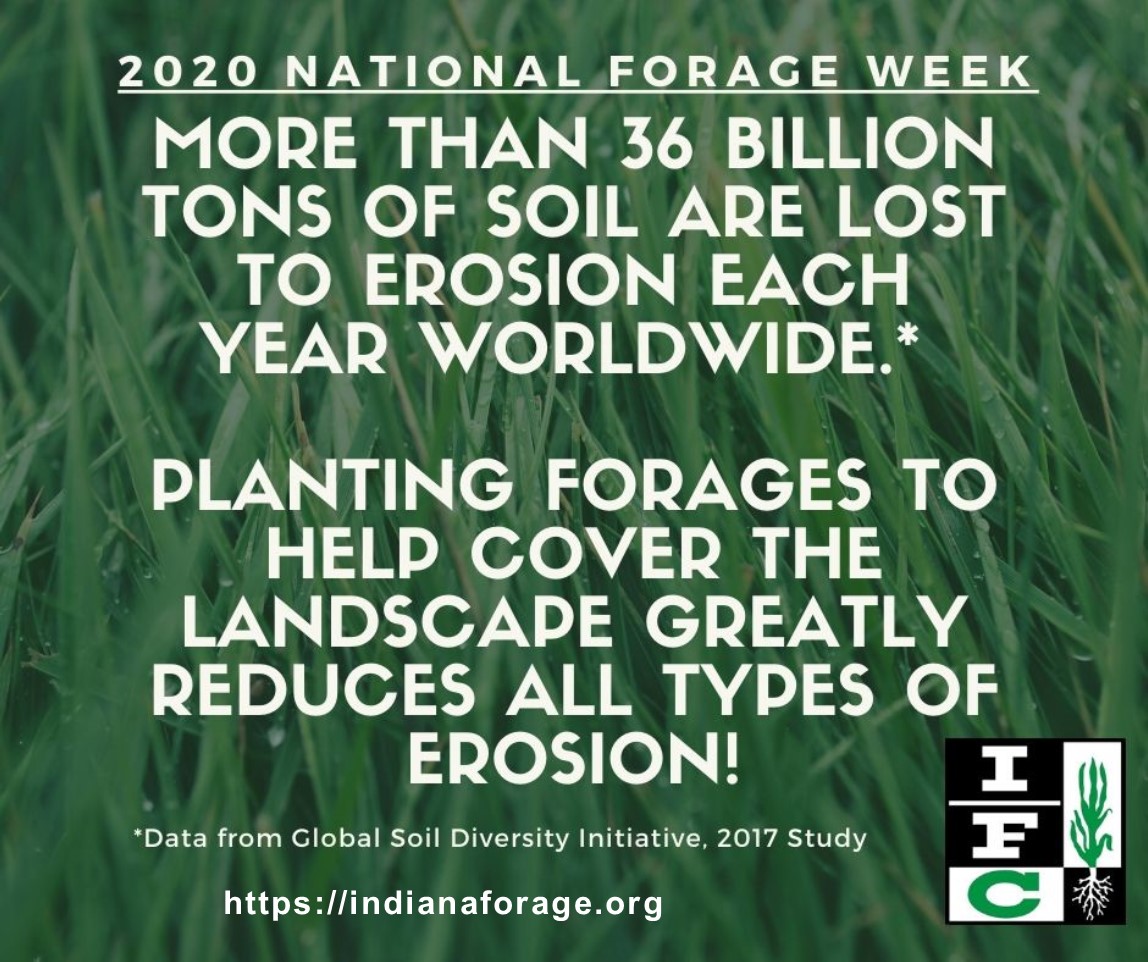
National Forage Week (June 21 – 27) is coming to a close.

National Forage Week (June 21 – 27) is coming to a close.
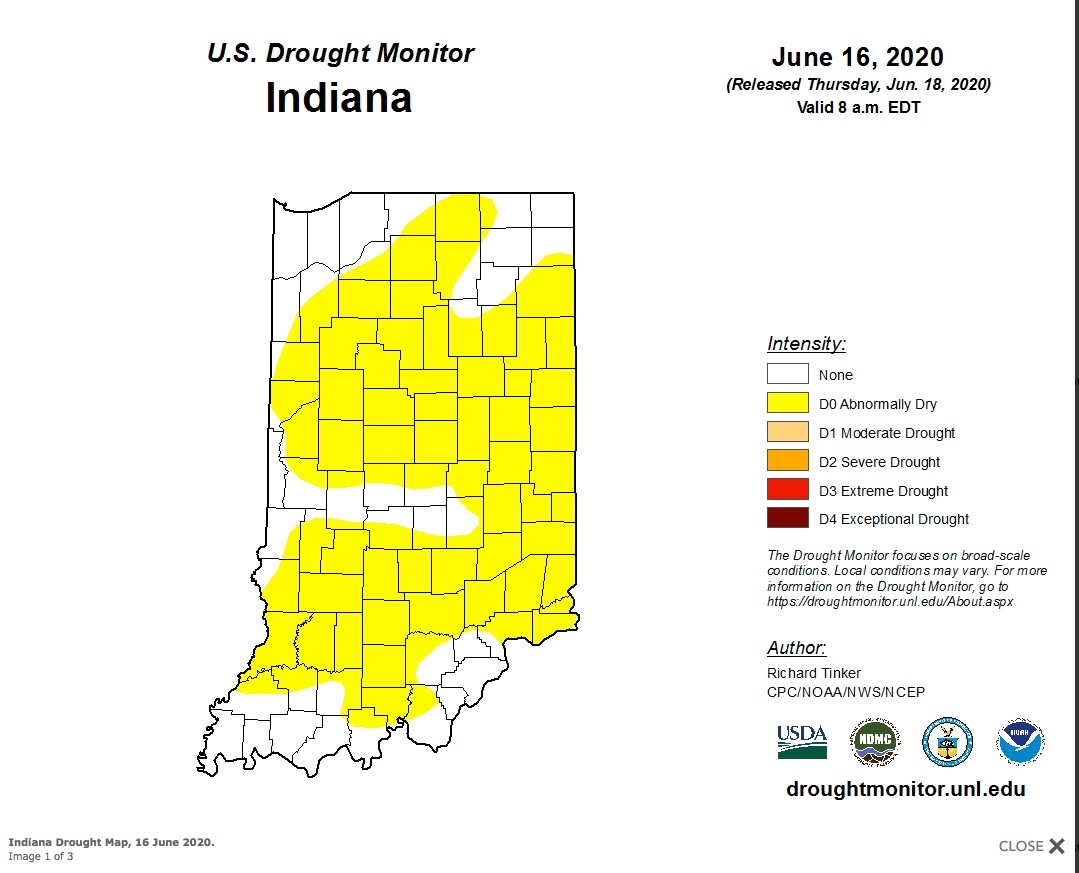
Early season dry periods are historically not that common for the Eastern Corn Belt of the U.S.
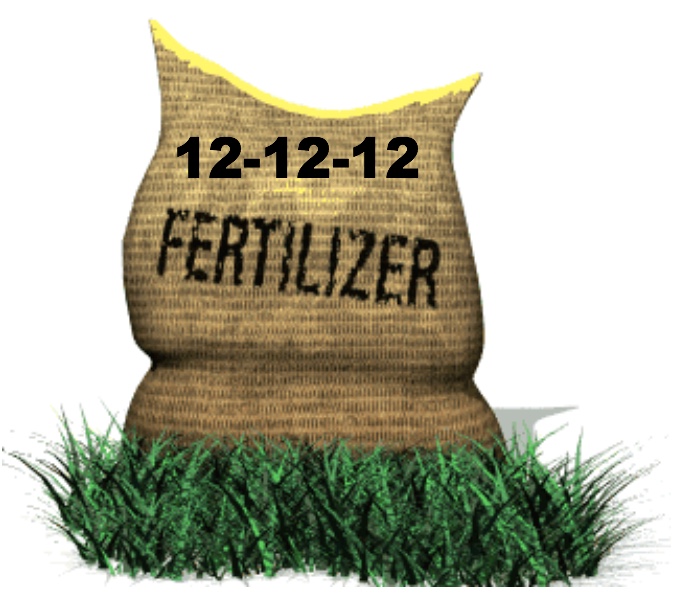
Almost forty years as Purdue University’s Forage Extension Specialist, there is one forage production practice recommendation that draws my ire and has become a major pet peeve; so much that every time the recommendation is offered I think I lose another hair follicle on my head and legs.
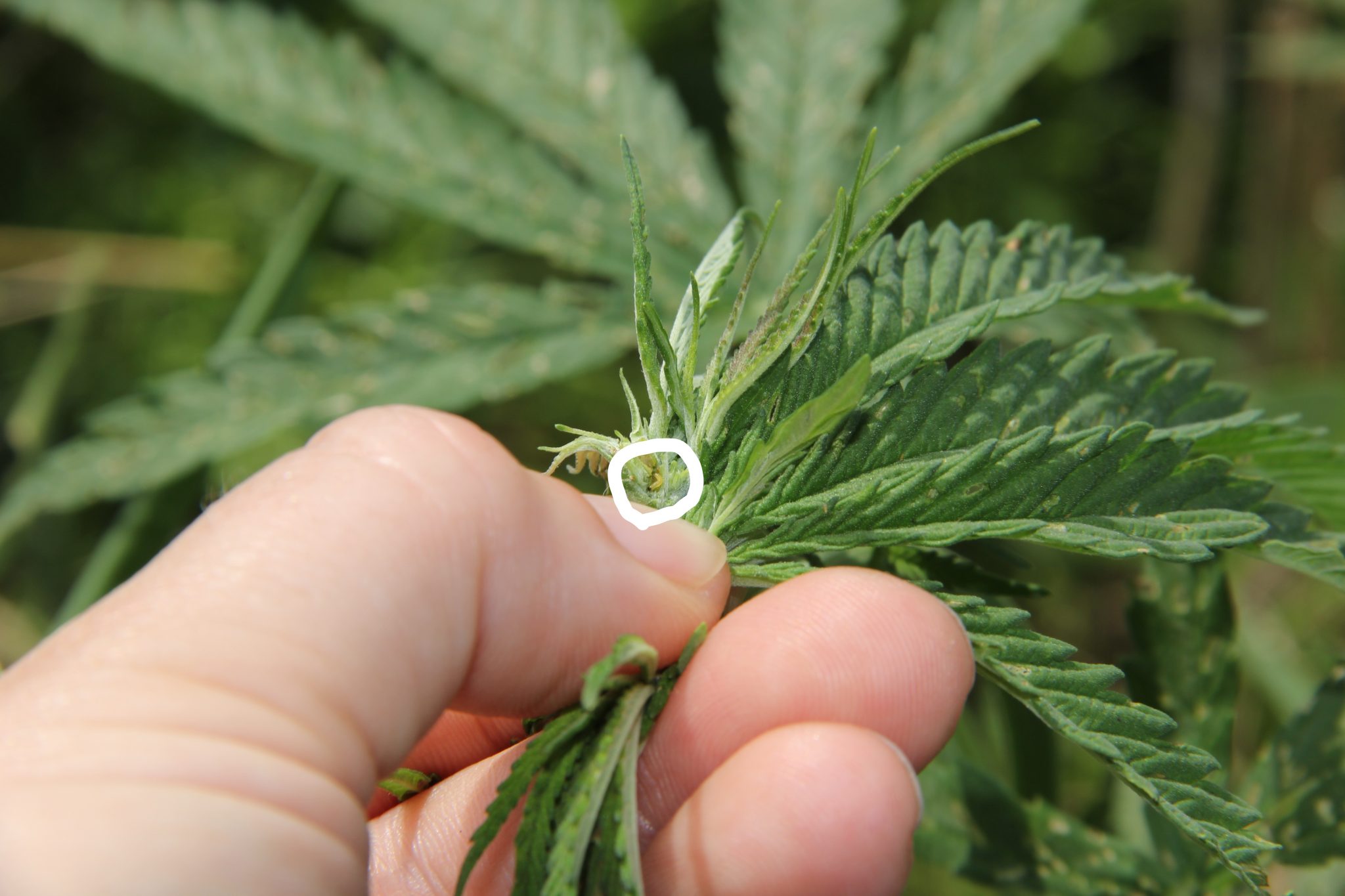
Hemp planting continues across the state.
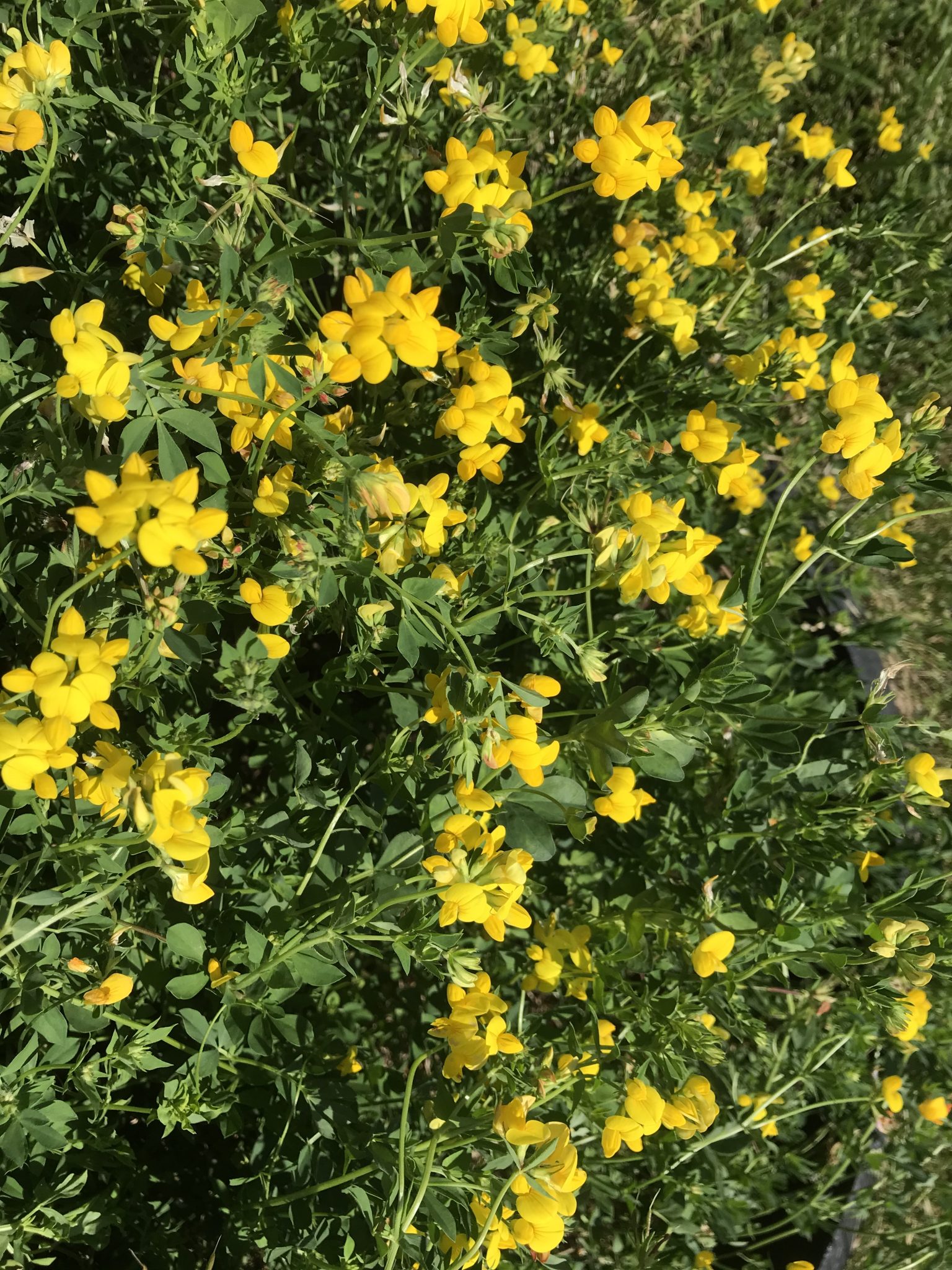
You don’t see birdsfoot trefoil in many Indiana pastures.

Much hay has been made in Indiana the last 10 days.
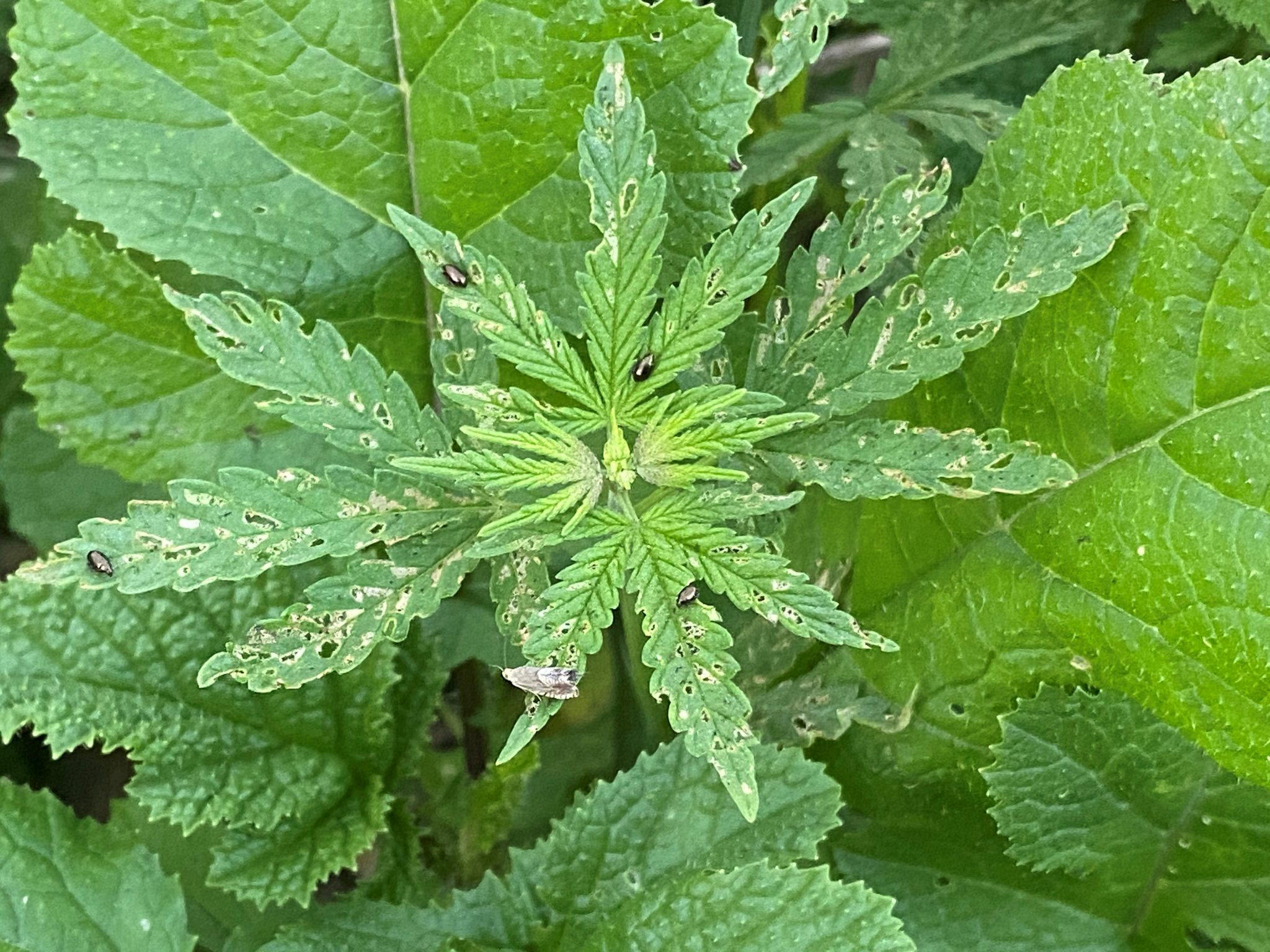
Growers around the state have begun to plant hemp.
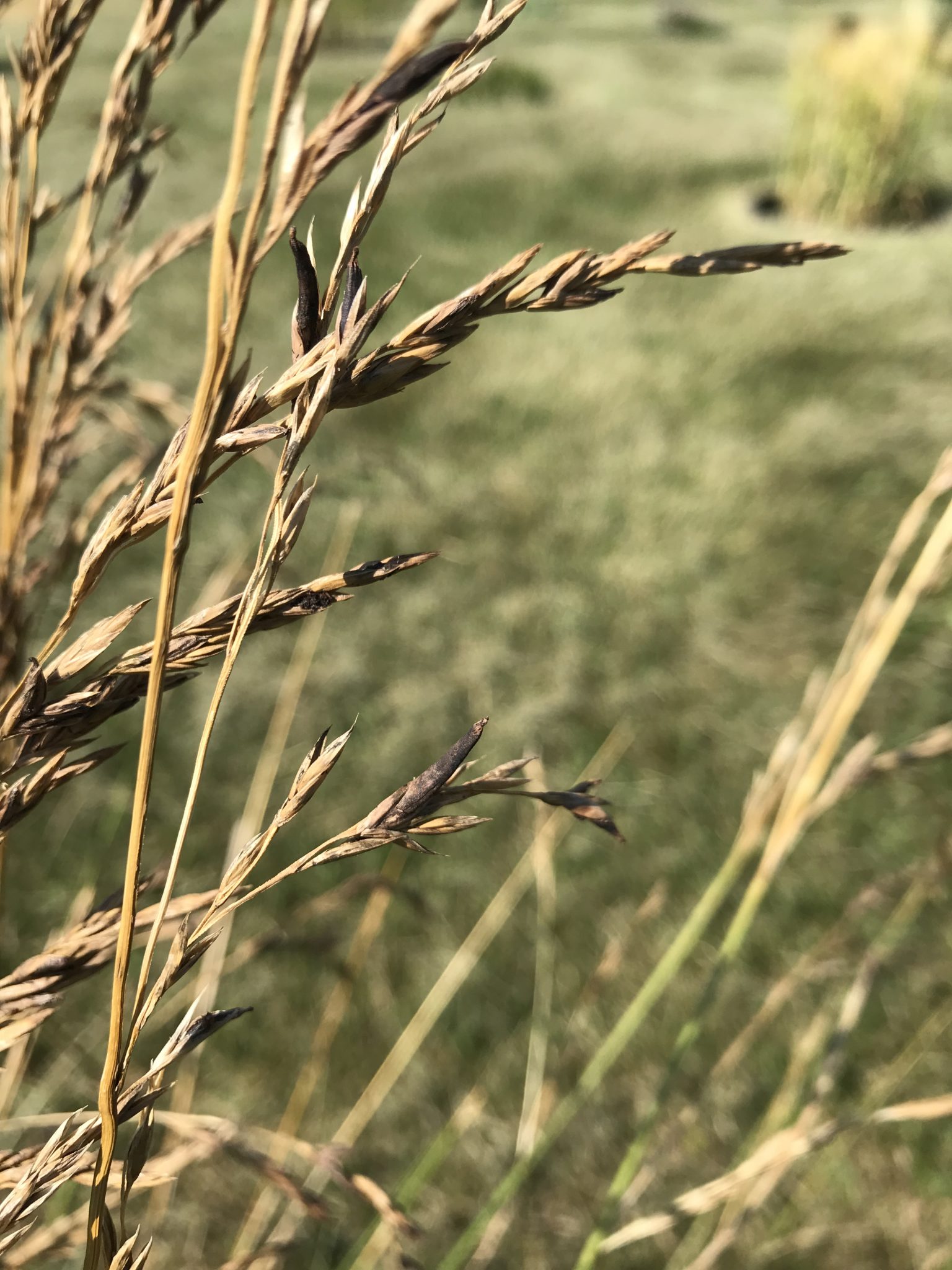
Do you remember the spring season of 2019?

The rest of the story… Severe above-ground DAMAGE to V1-V2 CORN from FROST/FREEZE on May 9.
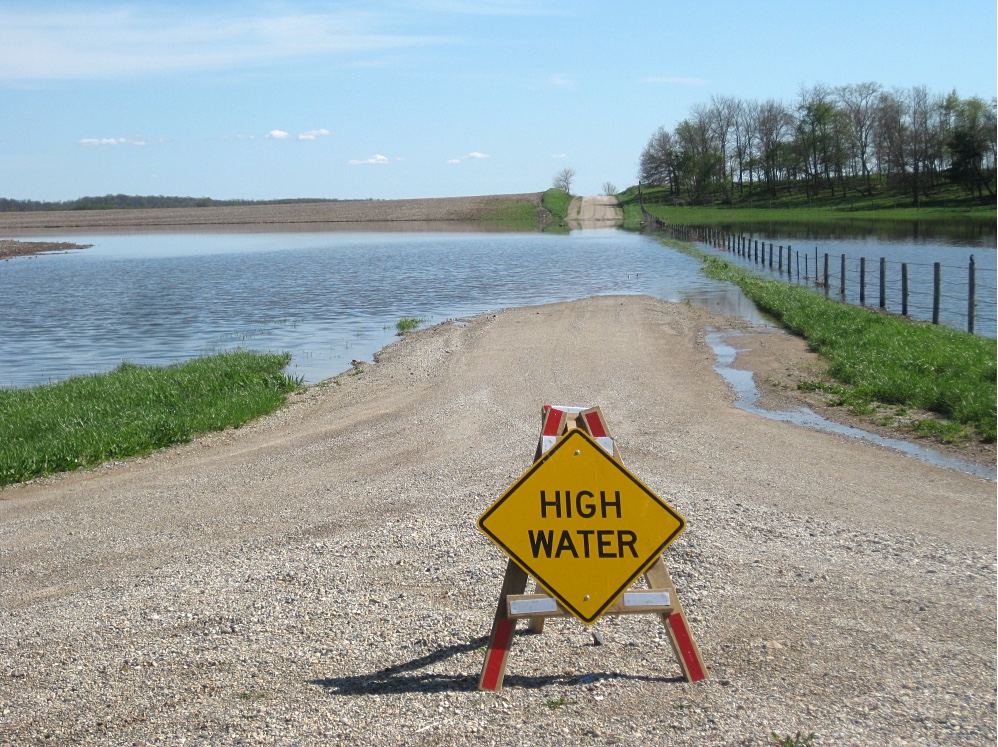
The consequences of flooding, ponding, and saturated soils on young corn depend heavily on the duration of the stress and temperatures.
© 2025 Purdue University | An equal access/equal opportunity university | Copyright Complaints | Maintained by Pest&Crop newsletter
If you have trouble accessing this page because of a disability, please contact Pest&Crop newsletter at luck@purdue.edu.